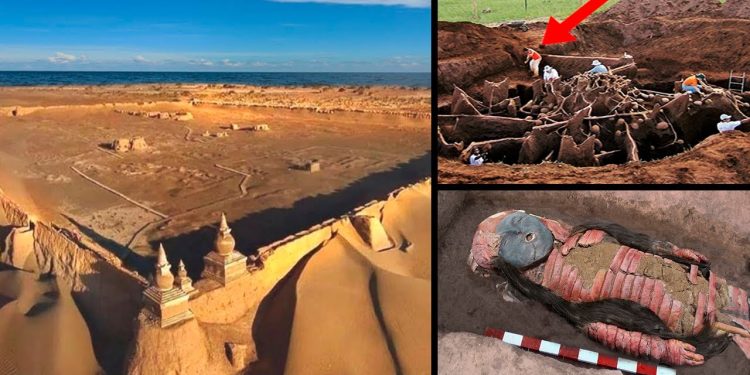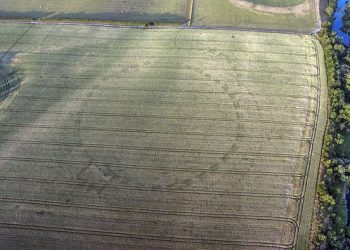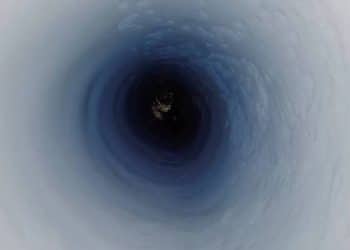Archaeology is an exciting science, and archaeologists have some of the most amazing jobs on Earth. Excavating ancient sites, finding lost cities and temples, and uncovering the secrets of our past, are just some of the things archaeologists are tasked with. But from time to time, archaeologists come across strange, mysterious, and bizarre discoveries. Sometimes archeologists excavate completely unexpected things. One such bizarre discovery was the Heslington Brain, a 2,600-year-old human brain discovered inside a skull that had been buried in Yorkshire, England. It is considered the oldest brain discovered to date.
Mummies, but not from Egypt
Another strange, somewhat unexpected discovery is a series of mummies that are not from Egypt. Although you’d expect that mummification was invented in Egypt, it wasn’t. In fact, long before the Egyptians mummified their deceased, another culture halfway across the world did the same. The Chinchorro Mummies belong to the South American Chinchoro culture in present-day Chile. The mummies are the oldest examples of artificially mummified human remains, buried some two thousand years before Egyptians began mummifying their mummies. The oldest mummies in the Chinchoro culture date back to around 5,050 BC. The oldest mummified corpses, found by archaeologists, date back over 9,000 years to 7,020 BC.
The oldest Ghost drawing
The oldest ghost depiction was found inside the British Museum. The drawing of a ghost was uncovered by experts on an ancient Babylonian clay tablet, believed to date back approximately 3,500 years. The artifact was purchased by the British Museum in the 19th century. Although half of the clay tablet is missing, this did not prevent experts from spotting the ghostly figure etched on the tablet. The tablet shows a woman pulling a tied man into what experts say is the underworld. The clay tablet also features Cuneiform writing. The text describes a spell or ritual that helps make ghosts go away.
More bizarre finds
Have something to add? Visit Curiosmos on Facebook. Join the discussion in our mobile Telegram group. Also, follow us on Google News.











